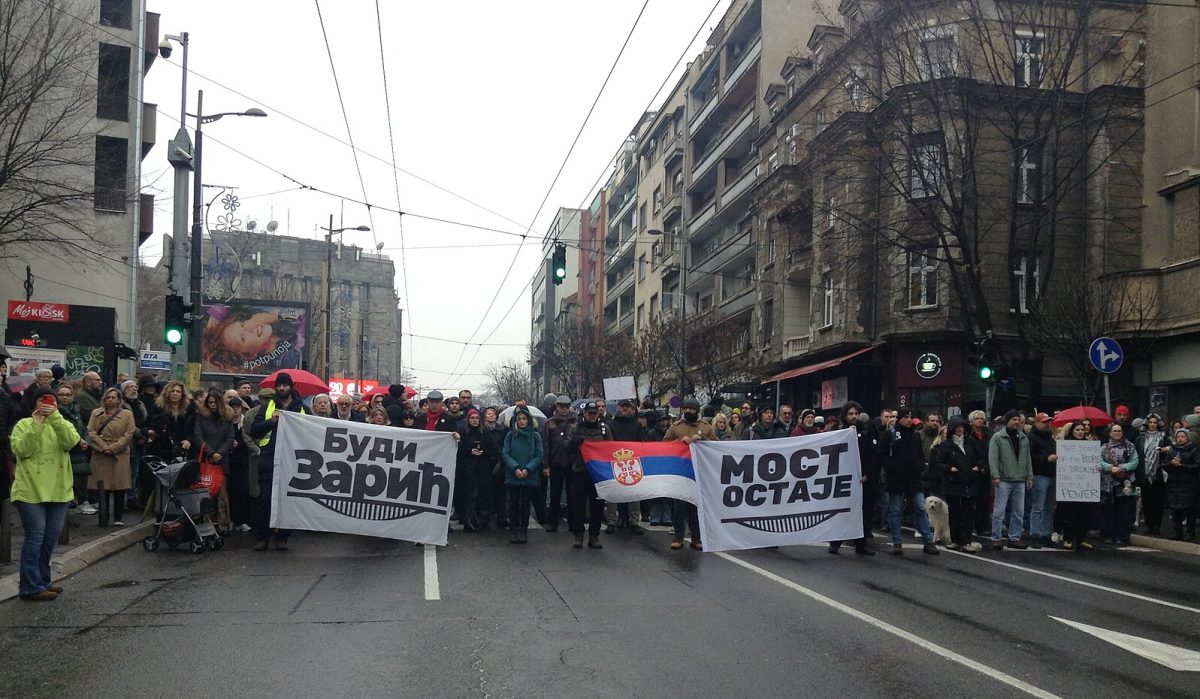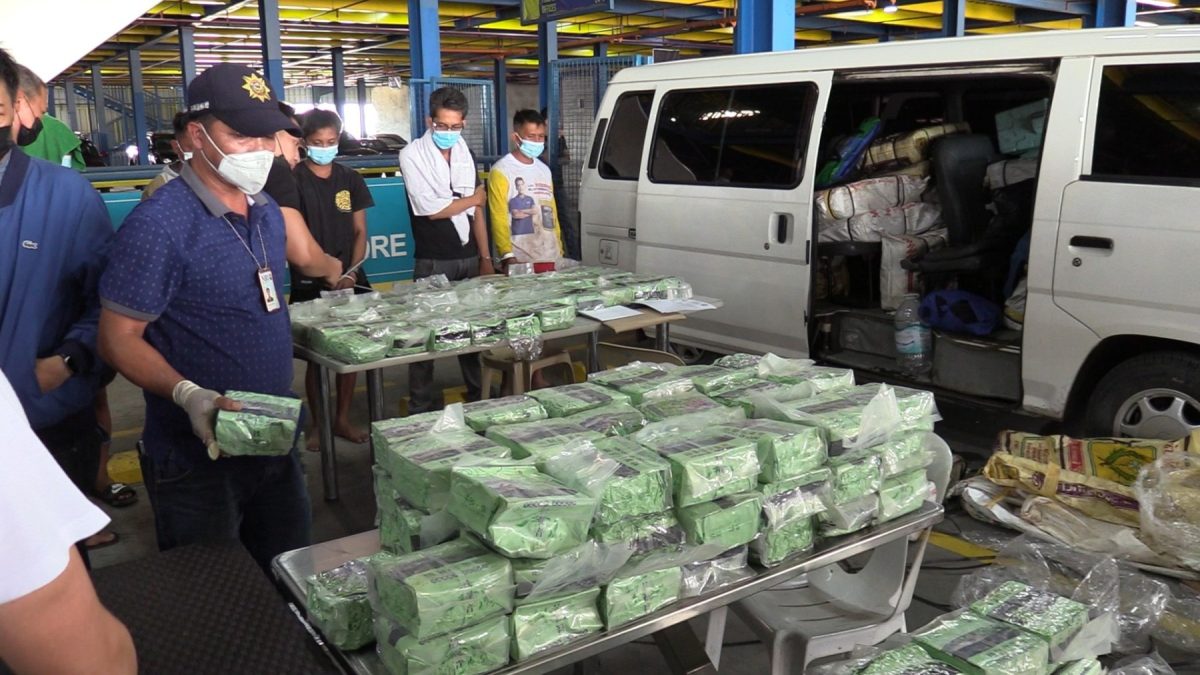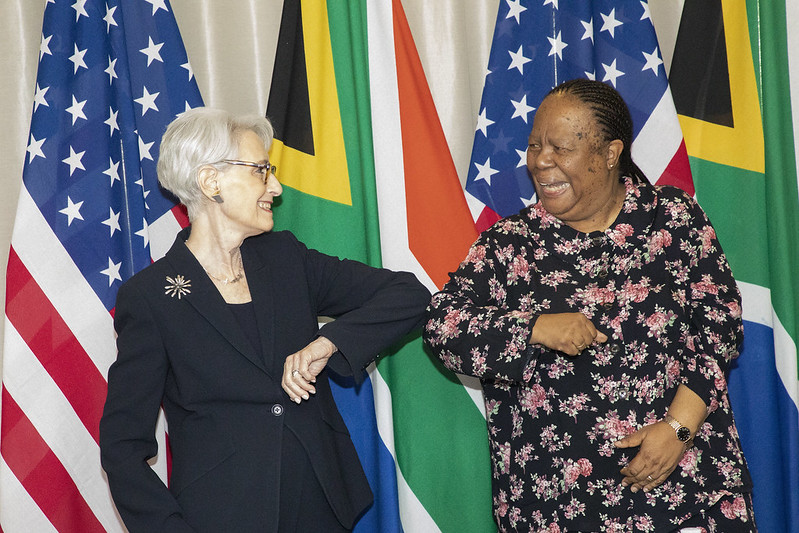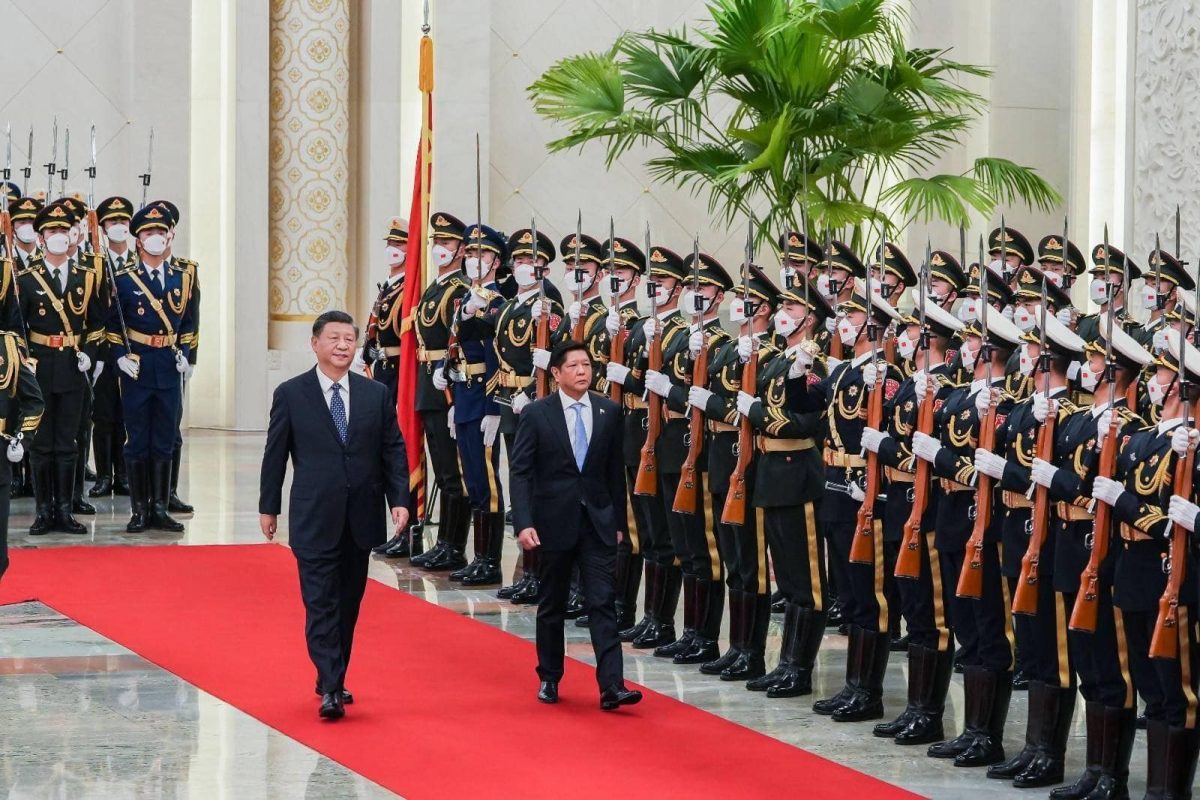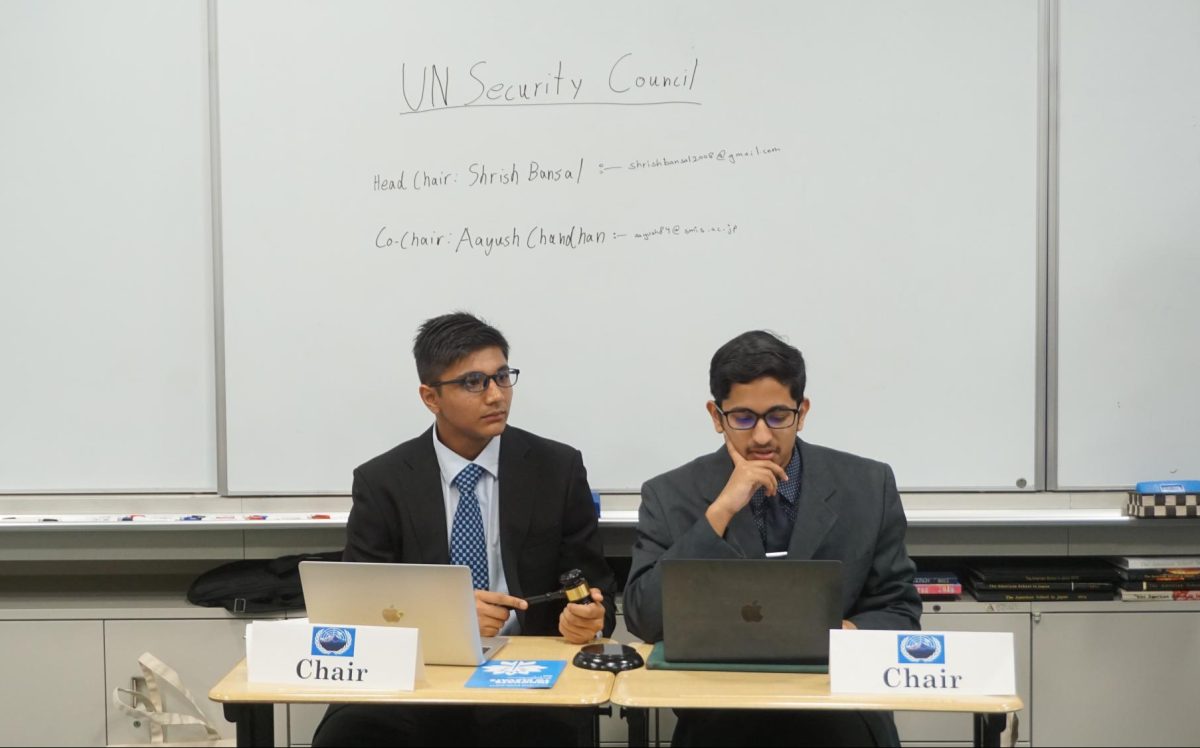Serbia, a country located in southeastern Europe, has recently seen some of its history’s largest student-led protests. Though many remain unaware of their existence, the protests have hosted crowds of hundreds of thousands of people.
How did the protests start?
On November 1, 2024, the collapse of a railway station canopy in Novi Sad, the second largest city in Serbia, resulted in the deaths of fifteen people and thousands of young people taking to the streets in protest. Two weeks later, the Hotel Yugoslavia, a Belgrade icon, was bulldozed to make way for a Ritz-Carlton. To many, it was a sign that foreign luxury real estate development was eroding the city’s identity.
These two events fit into a larger pattern that worries Belgraders. Construction of buildings in Belgrade, which typically should take months, is being completed in just a few weeks, a sign to the citizens that regulatory and safety compromises have been made. The fear is that rushed projects will lead to more disasters. Ensuing protests, largely led by students, highlight anger towards repeated mismanagement in the construction industry, foreign investments, and overall government corruption.
How are people protesting?
On November 5th, protestors threw flares and red paint on the City Hall building. Further student blockades led to universities, high schools, and even select elementary and middle schools being shut or operating intermittently since November 2024.
The first truly massive rally was on December 22, when a staggering 100,000 people came out to protest in Belgrade’s Slavija Square. On January 12th, 2025, a rally began in front of the Constitutional Court with thousands standing in silence for 15 minutes to commemorate the deaths of the canopy collapse.
Throughout January and February, students and citizens marched by candlelight, camping on roadsides in freezing temperatures and gathering support. Workers and farmers also began striking in support. Starting on April 3rd, one group of 80 students cycled all the way to Strasbourg, France, to alert European institutions of the situation. On April 25th, a group of marathon runners with the same goal made their way to Brussels, Belgium.
“Krvave su vam ruke,” meaning “your hands are bloody,” has become a slogan of the movement, directed at officials.
The targets of the protests vary from source to source, with some newspapers claiming Serbian President Vučić himself is being pushed back against, and others claiming the protests are against the corrupt construction industry and foreign investments. However, one aspect of the protests remains certain: there is a widespread public dissatisfaction with the current state of governance and transparency in Serbia.
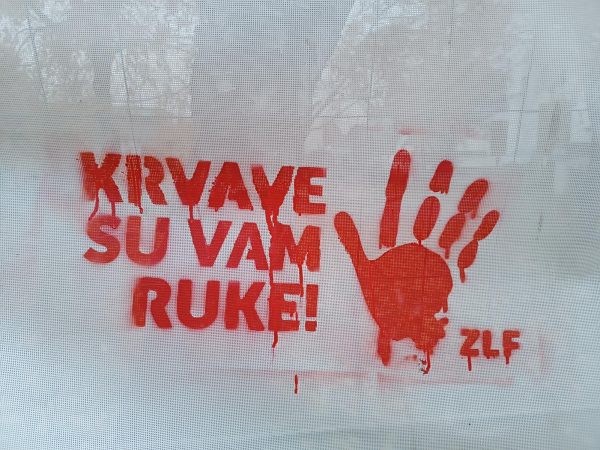
Government response
On November 5th, when protestors threw flares and red paint on the City Hall building, police responded by firing tear gas canisters. President Vučić responded to this with a series of posts on X, stating, “People of Serbia, please do not think violence is allowed; all those taking part in the incidents will be punished.” Though the government claims to be taking action against corruption, protestors remain skeptical. For instance, from December 2024 to January 2025, public anger led to the resignation of Milos Vucevic, the prime minister, and over a dozen people were charged over the station disaster, including Goran Vesic, the former transport minister. The president has pledged to press on with his “anti-corruption campaign,” which has already led to the arrest of over 50 police officers and government officials.
Additionally, “pro-government media” have published personal data of some protestors, which many believe would not have been possible without the involvement of the secret service, or BIA—Serbia’s state security agency. Luka Stojakovic, a participant in the student-led protests, told N1 TV that “we have learned that BIA can knock on our doors, conduct repression against our parents, and invite us for a ‘friendly’ chat.”

Protestor opinions
Tens of thousands of citizens gathered on New Year’s Eve for a minute of silence at midnight to draw attention to their cause by creating an absence of noise during a typically celebratory event. AP News posted interviews with attending protestors. Many of the interviewees say they are protesting government corruption, which they believe led to the Novi Sad Railway Station collapse and other issues. One elderly protester asserted, “I am here because it’s my duty, because my children are here, because the children of my friends are here. Because it’s extraordinarily beautiful to be together with the people who are showing that some things are possible to us elderly folks who thought this was impossible.” Another protester stated, “We are here to mark this holiday, but today we mark it with the memory of people who are no longer with us.”
So what?
Whether or not you agree with the cause, the scale and determination of these protests are hard to ignore. It’s striking, and in many ways inspiring, to see how the youth and everyday citizens have created momentum and demanded change. Their ability to come together and fight for their convictions acts as a reminder, especially among young people, that standing up for what you believe in can make a difference. Furthermore, in a world where many people face difficult circumstances, manipulation, or various forms of oppression, these protests highlight the importance of raising one’s voice even when the odds seem stacked against you.

